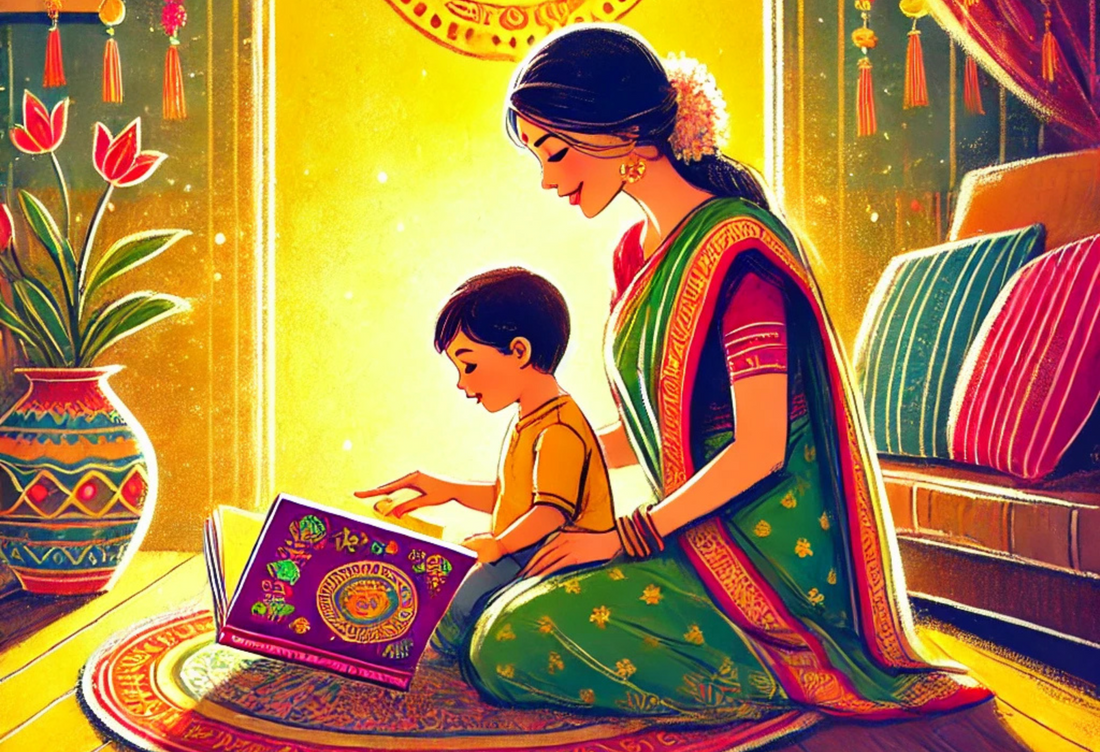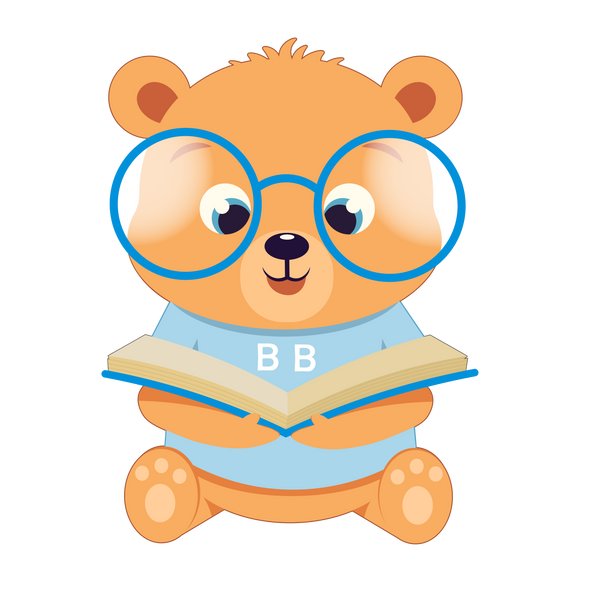
Why Reading in Your Native Language is Essential for Child Development
Share
For families raising bilingual children, finding ways to connect their little ones with their native language is often a top priority. Reading to children in your native tongue not only fosters a sense of cultural pride but also plays a significant role in cognitive development. Whether you’re speaking Telugu, Spanish, Punjabi, or any other language, reading to your child in your mother tongue offers lifelong benefits. Here’s why integrating native-language books, like those offered by Bhaalu Books, can make a big difference in your child’s development.
1. Enhances Cognitive Skills and Language Mastery
Research shows that children exposed to multiple languages tend to have stronger cognitive flexibility and problem-solving abilities. Reading in a native language builds a strong linguistic foundation, which can make it easier for children to learn additional languages. Storybooks or nursery rhymes in languages like Telugu introduce vocabulary and language structure naturally, supporting early language skills in a way that’s enjoyable for young children.
2. Fosters Strong Cultural Identity
Bilingual books give children a meaningful connection to their cultural heritage. This sense of cultural pride and belonging helps children understand and value their family’s background, building a positive sense of self-identity. Stories that incorporate familiar themes, customs, and traditions are especially effective, allowing kids to learn about their roots in a way that feels relevant and engaging.
3. Encourages Emotional Bonding Through Shared Stories
Reading cherished stories or rhymes in a native language can strengthen emotional bonds between parents and children. The familiar sounds, cadence, and themes often bring back memories for parents and grandparents, creating special moments that children will remember and cherish. Storytime becomes an opportunity to pass down traditions, fostering an intergenerational connection that enriches a child’s sense of family and heritage.
4. Promotes Bilingualism and Academic Success
Studies suggest that bilingual or multilingual children often excel academically and demonstrate enhanced creativity. Reading in both languages from a young age can build a strong linguistic foundation, helping children switch between languages more easily. For families with a strong cultural heritage, integrating books that honor their native language contributes to a well-rounded language skill set, supporting long-term academic and personal growth.
5. Provides a Sense of Community and Belonging
When children see themselves represented in the books they read, it helps them feel seen and valued. For Telugu-American families, finding children’s books that reflect both American and Telugu culture can be challenging, but it’s crucial for nurturing a sense of community and belonging. Bhaalu Books was created to address this very need, offering bilingual books that celebrate the beauty of Telugu heritage while embracing the diversity of multicultural families.
Choosing the Right Books for Your Bilingual Library
If you're looking to build a bilingual library, here are some tips for choosing the best native-language books for your child:
- Look for cultural relevance: Books that reflect your family’s culture, like traditional rhymes or popular children’s songs, are likely to be more engaging.
- Find age-appropriate stories: Board books with simple vocabulary and colorful illustrations, like Chitti Chilakamma, are ideal for toddlers.
- Choose books with transliterations: For parents who aren’t fluent in reading Telugu, books with English transliterations can make reading easier and more enjoyable.
At Bhaalu Books, our mission is to make it easier for parents to share Telugu culture with their children. Our books feature bilingual text and simple, familiar rhymes, so families can enjoy reading together and build language skills, no matter their own fluency.
